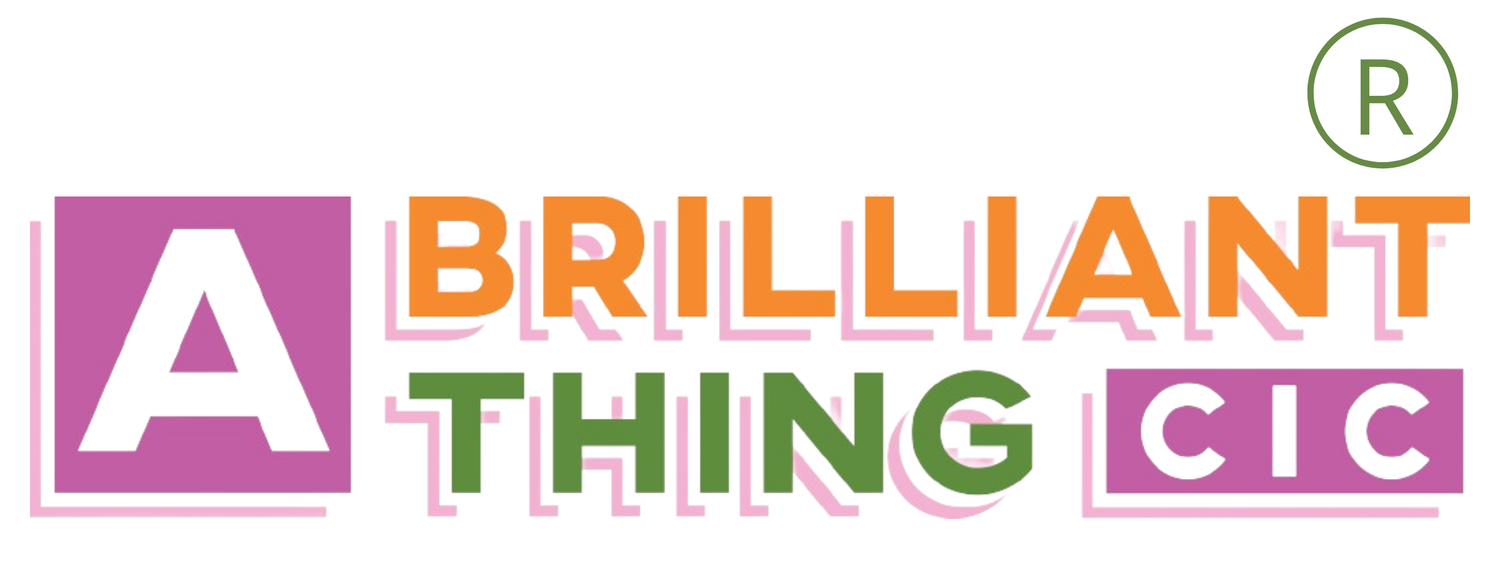The workplace and musculoskeletal health - promoting a health culture
Guest blog post by Li-Yeng Choo, Physiotherapist and founder of Habilitar
The role of the workplace in promoting musculoskeletal health
The musculoskeletal system is a multi-component system comprising of bone, muscle, connective tissue, tendons, ligaments, and associated nerves and blood vessels.
Its role is to provide support, shape, and stability for the body, protect organs, and to produce movement.
Musculoskeletal fitness is critical as it allows us to live, work, play and engage in a full life.
Health through the life course, not just lifespan
The musculoskeletal system develops steadily from birth. While bones reach their peak mass between 20 to 30 years old, muscle mass peaks between 30 to 35 years of age. From 35 to 40 years old, we begin to gradually lose bone and muscle tissue.
This system is incredibly adaptable and amenable to change- you can still improve bone and muscle tissue, and slow down bone and muscle loss throughout your whole life (through physical activity, good nutrition etc.).
Improving musculoskeletal well-being is not just about looking at physical changes that occur across one’s lifespan, but also considering the range of social, economic, environmental, cultural, and behavioural factors that are truly reflective of one’s life course.
We are living and working longer, with a large part of our productive and healthy years spent at the workplace.
The workplace can be where a culture of health is positively cultivated, with impact lasting beyond one’s working years.
Pain in the workplace
According to the World Health Organization, musculoskeletal disorders are the highest contributor to disability worldwide, costing millions of workdays to be lost.
Certain musculoskeletal disorders are more common in middle to lower income household settings, echoing the effects of the social determinants of health such as socio-economic status, education, and employment.
There is a lot of evidence showing that musculoskeletal disorders are work-relevant.
This is when pain or discomfort develops or gets aggravated in a work setting due to the tasks that individuals do as part of their everyday work activities.
The common areas of pain are the lower back, upper limbs or neck, followed by lower limbs.
They are not usually life threatening. However, they do affect one’s quality of life, limit one’s capacity to engage in social activities or participate within their community, and impact many in their productive income-earning years due to absenteeism.
Photo by Marcus Aurelius: https://www.pexels.com/photo/photo-of-woman-holding-her-head-4064177/
Understanding workplace musculoskeletal risk factors
Prolonged postures (including continuous computer work), repetitive movements, awkward postures, heavy lifting, use of excessive force are known work-related physical risk factors.
A fast pace of work without sufficient recovery or breaks in-between also presents a risk.
There are workplace psycho-social risk factors such as perceptions of heavy load, stressful work demands, job insecurity and dissatisfaction, job autonomy, recognition at work, work-related anxiety, and a lack of support from manager and colleagues.
The influence of personal attributes like age, gender, social background, long-term health conditions do need to be considered.
We must also not forget that foundational health elements like sleep, physical activity, stress levels, nutrition, and meaningful social connections play an essential role in creating health.
As musculoskeletal pain is multi-factorial and multi-dimensional, none of these factors act separately to cause or aggravate musculoskeletal disorders.
It is most likely that a combination of physical, personal, lifestyle, and psycho-social characteristics contributes to the development of pain.
What can be done differently for the workplace to be a hub for generating musculoskeletal health?
Here are my thoughts as a musculoskeletal health specialist
Instead of ‘one-size-fits-all’ and ‘tick-box’ health and safety training or workplace wellness programmes, invest in education and interventions that are
based on need and have measurable outcomes.
are holistic, inclusive, and can be personalised to meet the individual where they are in their context.
increase competence, capacity, agency, and action, not just awareness.
Nurtures one’s ability to find, comprehend, evaluate, and use advice, content, and services which help one to make informed decisions about one’s health (health literacy).
Develop science literacy i.e. being able to spot misinformation and ‘black-and-white’ advice that lacks nuance.
Give more attention to work culture, work design, workload, and psycho-social aspects.
Promote a health culture:
that is movement permissive. Think walking meetings, movement breaks, standing Zoom calls.
where pressing pause is encouraged and modelled. It may feel counterintuitive, but work breaks help us stay safe, focused, and productive.
that embraces small wins and taking consistent micro-steps, not ‘all-or-nothing’ measures.
Recognise that health challenges are often intertwined with social issues. ‘Social prescribing’, where non-medical interventions are used to improve and prevent health problems may be a pathway for employers.
Workplace health depends on employers doing their part to invest in the right kind of prevention and management strategies; provide a safe environment; provide equipment, training, education as well as to foster a supportive culture with open communication channels that are responsive to needs.
Employers and employees can become informed self-advocates and take personal responsibility for their health.




